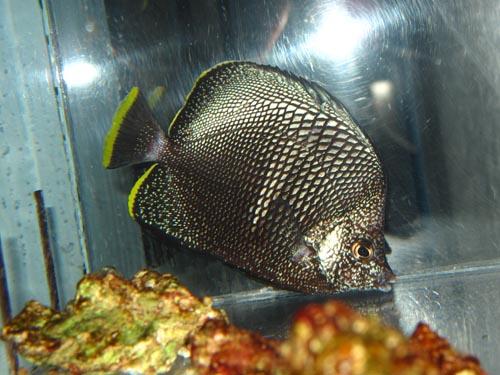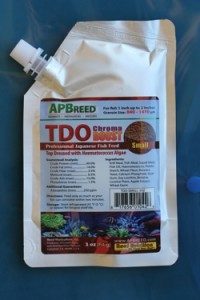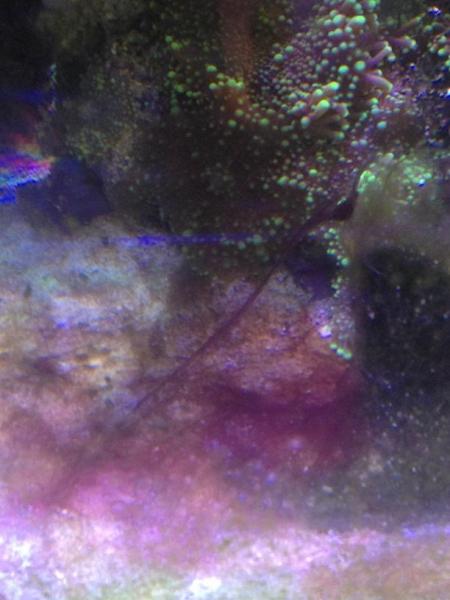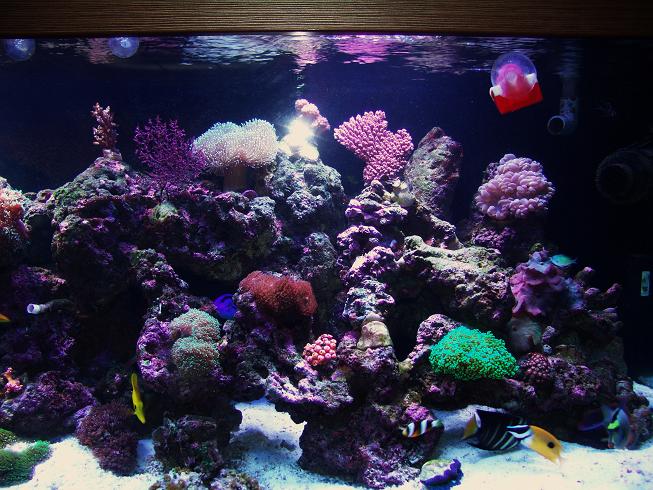5 Tips for Feeding your marine Fish
 Setting up a marine tank and maintaining it with a healthy school of fish may seem easy at the time. However, the unique nutritional requirements of captive seawater fishes were often overlooked by many hobbyists. Since most of the fishes were wild-caught in the sea, each fish have individual food requirement in order to prevent the fish from malnutrition.
Setting up a marine tank and maintaining it with a healthy school of fish may seem easy at the time. However, the unique nutritional requirements of captive seawater fishes were often overlooked by many hobbyists. Since most of the fishes were wild-caught in the sea, each fish have individual food requirement in order to prevent the fish from malnutrition.
Some hobbyist may have mistaken and tried using foods meant for the freshwater aquarium to feed their marine tank, or flake foods of terrestrial origin and frozen brine shrimp of questionable quality to save some money without knowing that this is doing more harm to the fish itself.
Fortunately, all this is changing thanks to the knowledge shared on various resources on the internet. Marine fishes need a diet primarily of marine origin, and we often recognize that a poor diet can equate to the general ill-health of your fish. Some commonly observed problems with poorly fed marine fish include lateral line and fin erosion, weight loss, colour infidelity, listlessness and disease outbreaks. Below are 5 tips which can help improve your marine fish feeding and health.

1. Feeding frequency
The amount and frequency of feeding for any particular aquarium will vary between each reefer to suit the fishes being kept. Mainly, we can break down the various types of reef fishes into three general feeding groups: the herbivores, the carnivores, and the omnivores. (Additionally, zooplanktivores are open-water carnivores.) It is recommended to spread your feeding into several small feeding rather than one single feed. Smaller or timid fishes in your tank will also have higher chances to get to feed the food during each feeding.
2. Use wave maker to help spread the fish food
During feeding, we typically introduce the food at the surface of the water and the fish feed on it when it starts to sinks into the water, or as it is blown about the tank by wavemaker. This type of feeding situation is to simulate the natural condition encountered by zooplankton feeders in the wild when they pick moving food moving along of the water column.
3. Introduce Dry fish food to replace frozen food
With the advancement of the modern manufacturing method, dry fish food like pallets and flakes can easily replace traditional fish food. It is also more convientail and easier to feed dry food than a frozen one. Moreover, feeding frozen food might risk the danger of introducing parasites into the fish if it is not handled properly. Therefore try to introduce dry fish food to your fishes once they started feeding. Modern fish food pallets like the Top dressed Otohime is said to be able to enhance fish colouration as well.
4. Prepare your own frozen fish food
The modern-day marine fishkeeper now has access to many great foods on their local supermarket. A good and easy example of nutrition food for your marine fish is the fresh and frozen seafood; Shrimp, clams, squid and marine fish flesh, which are commonly found on our dinner table. This seafood together with a simple preparation of fine chopped are great foods for the marine fish to fulfil the balance of nutrients of a marine fish needs.

5. Maintain a Balance diet for your fish
Having a balanced diet is important to ensure that your fish is well fed to keep them healthy and happy. Try to mix a diet of dry food, pallets, flakes, seaweed together with an occasional spread of high quality frozen food i.e henry’s Reef Gourmet in your weekly feeding to make sure that the fishes get all the nutrition values that it required.

















